
SHAPING OUR FUTURE: Bedfordshire Inpatient Mental Health achievements under the pressure during Covid-19
25th August 2020
By Sher Kayani, Improvement Advisor
2021 update: The following three strategic priorities and their respective sponsors will inform and guide the quality improvement work for the Luton & Bedfordshire Inpatient Directorate in 2021 and they are as follows:
• Connection (Sponsor, Dr Guy Thompson)
• Outcomes & Safety (Sponsor, Sasha Singh)
• Staff Health & Wellbeing (Sponsor, Christmas Musonza)
The onset of the pandemic and lockdown has undoubtedly had a tremendous impact on the inpatient mental health services. The inpatient teams have been responding to the needs of Covid-19 by making multiple adaptations and innovations in the way they deliver their care. Some of these changes include reconfiguration of ward areas to isolate suspected or confirmed cases of Covid-19; providing new separate facilities or areas for these groups; providing video enabled clinical assessments to reduce the risk of cross contamination and; restrictions on social contact and visitors for service users on the wards.
There has been increased pressure on Bedfordshire Mental Health inpatient services. The number of admissions have increased by 41% since the beginning of the lockdown (Figure 1) However, the average ‘length of stay’ has decreased by 42% (Figure 2). Statistical Process Control Charts have been used to demonstrate the impact:
 Figure 1: Weekly number of admissions: 1st January 2020 – 11th July 2020
Figure 1: Weekly number of admissions: 1st January 2020 – 11th July 2020
 Figure 2: Weekly average length of stay 1st January 2020 – 11th July 2020
Figure 2: Weekly average length of stay 1st January 2020 – 11th July 2020
The team took the opportunity to explore these findings as part of their ‘shaping our future’ workshops affording much needed protected time to do some collective sense making .The workshops, across two separate sessions, were held on the 22nd July and 5th August respectively. Preparation began as far back as May where the organising team had engaged with staff and service users to find out:
“What is important to you before and after the Pandemic?”
There was 125 responses from 30 inpatient staff and service users enabling the organising team to understand what was really important to those closest to the service.
Three main themes emerged from the question asked to staff:
- Health outcomes & safety – of inpatient service users
- Social connection – between both staff and service users
- Staff health and wellbeing – of those that work in the inpatient services
These themes became the primary drivers of the inpatient ‘Shaping our Future’ work.
At the first workshop the team completed the Covid-19 collective sense making matrix, where participants answered the four questions to make sense of the changes that had taken place. This activity produced 135 individual responses in total. The most popular quadrant was ‘Restart’ followed by ‘Amplify’ (Figure 3).
 Figure 3: Summary Covid-19 Sense Making matrix
Figure 3: Summary Covid-19 Sense Making matrix
A pareto chart was used to identify where 80% of the output of this exercise came from (Figure 4), these became the secondary drivers (Figure 6). The chart also shows where that theme appeared in the sense making matrix:
Figure 4: Covid-19 Sense Making matrix pareto chart
For the second workshop, a decision was made to have three virtual breakout groups based on the three primary drivers (Figure 8), each breakout group would have their own Covid-19 sense making matrix which contained items relevant to that primary driver (Figure 5, 6 and 7).
The aim for each of these breakout groups was to use their respective matrix to generate discussions and identify a priority area for that primary driver.
 Figure 5: Outcomes and safety Covid-19 sense making matrix
Figure 5: Outcomes and safety Covid-19 sense making matrix
 Figure 6: Connection covid-19 sense making matrix
Figure 6: Connection covid-19 sense making matrix
 Figure 7: Staff health & wellbeing Covid-19 sense making matrix
Figure 7: Staff health & wellbeing Covid-19 sense making matrix
Each group then defined their respective driver’s priority areas which were aligned. The priority areas for each of the groups were:
The overall output of the workshop was the development of a driver diagram co-produced by staff and service users to highlight the strategic priorities for the Bedfordshire Inpatient Mental Health Directorate (Figure 8).
Figure 8: Bedfordshire Inpatient Shaping our Future driver diagram
Next steps:
- Identify sponsors to for each of the primary drivers identified in the driver diagram.
- Create a guiding team for each priority
- Each team to develop detailed driver diagram for their respective priority of work
- To test the change ideas in their directorate
A final message from Dr Guy Thompson, Clinical Director Bedfordshire Inpatient Mental Health
“The challenges we have faced as a service in recent months have been unprecedented. The resilience, adaptability and compassion show by colleagues have been both inspiring and humbling. The Shaping our Future conversations have been a welcome opportunity to take stock, reflect and regroup. I would like to extend a massive thanks to all that have supported this important work would encourage anyone who hasn’t already got involved to do so. Together we can move mountains!”
Most Read Stories
-
Why is Quality Control important?
18th July 2018
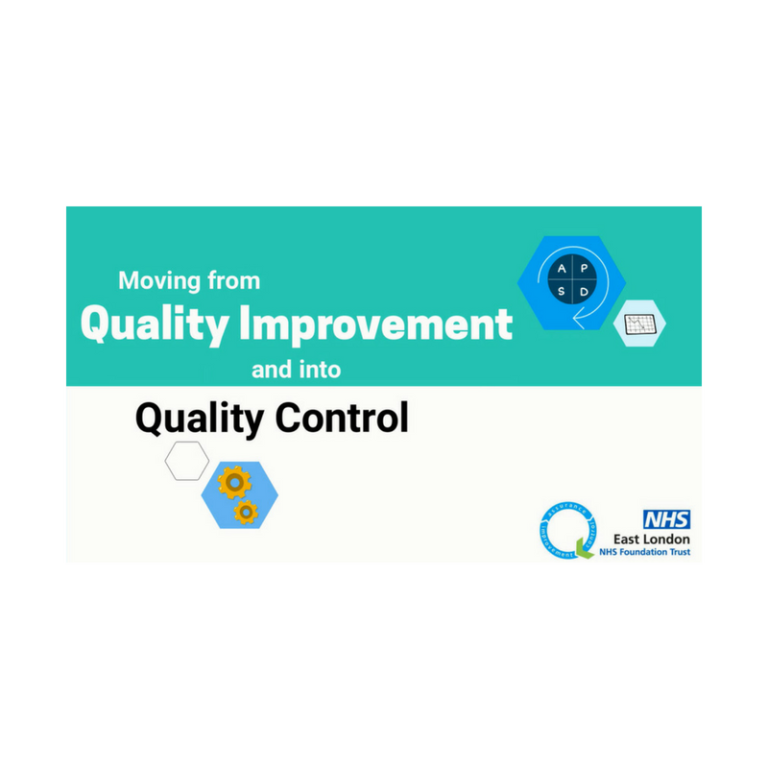
-
An Illustrated Guide to Quality Improvement
20th May 2019
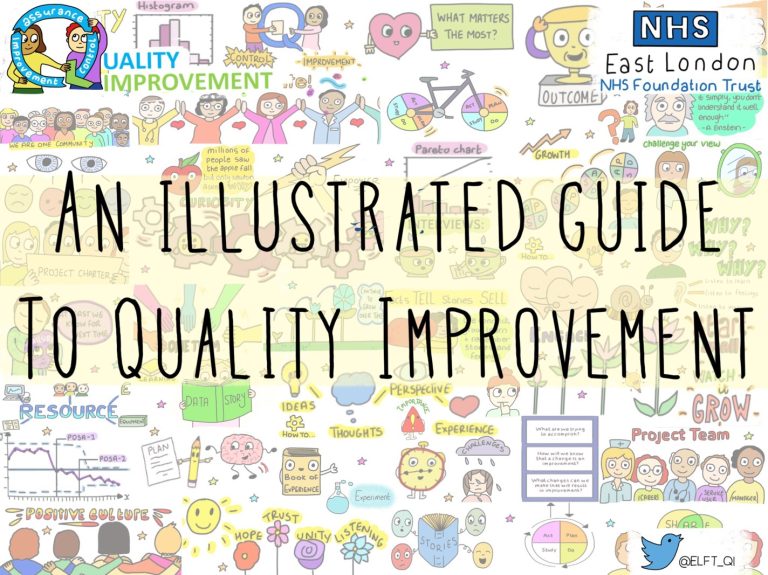
-
2016 QI Conference Poster Presentations
22nd March 2016
-
Recognising Racism: Using QI to Help Take Action
21st January 2021
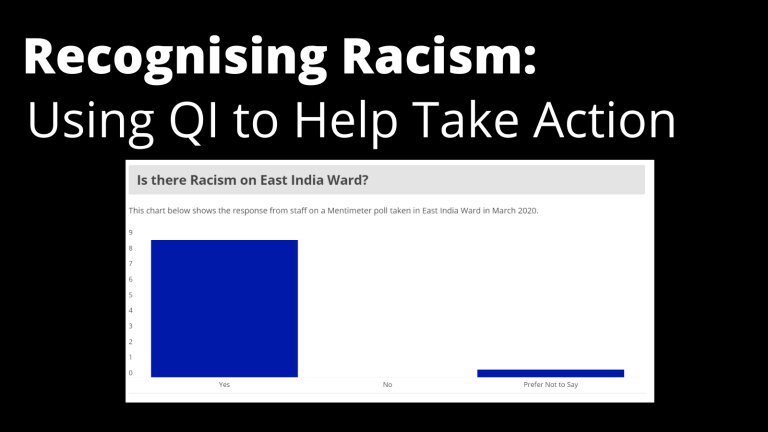
-
Using data enabled us to understand our problem
31st March 2023
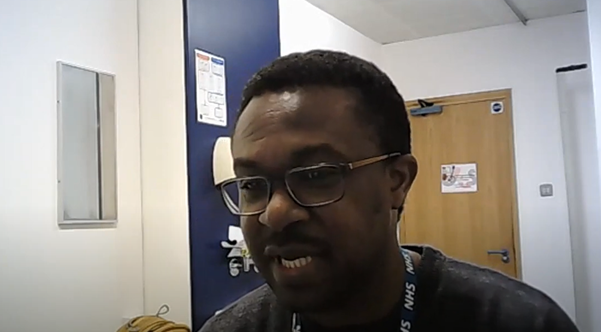
-
QI Essentials: What does a Chief Quality Officer do?
18th March 2019

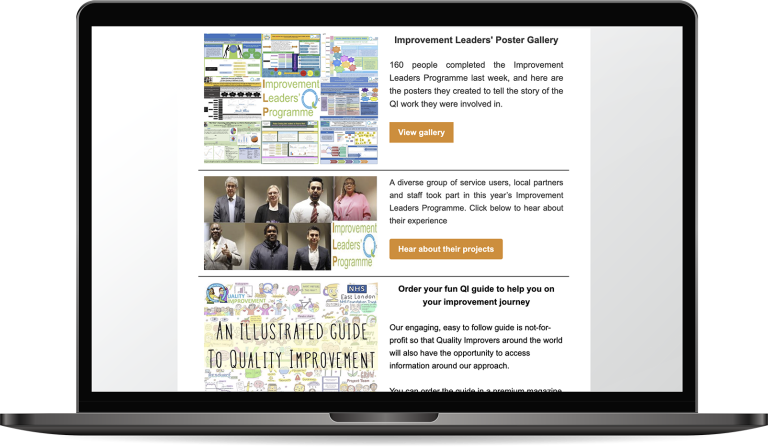
Follow QI on social media
To keep up to date on the latest concerning QI at ELFT, follow us on our socials.





